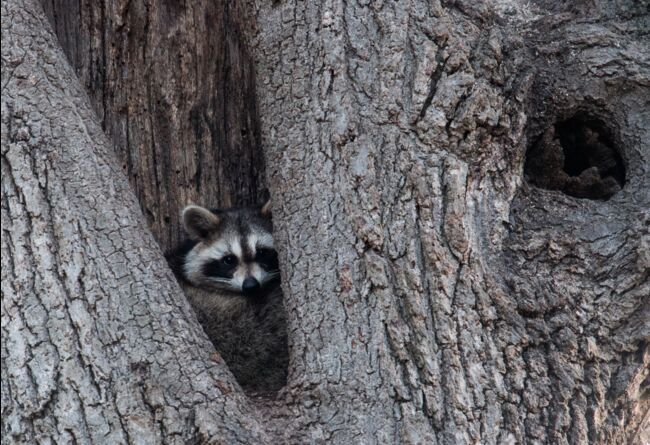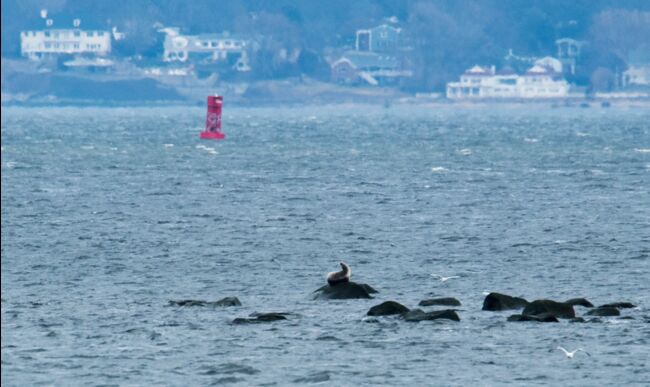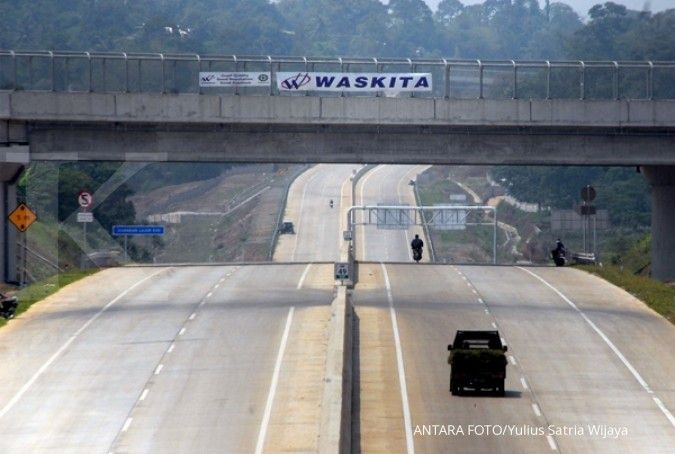Coyotes and seals in the Bronx, red foxes in Queens, owls in Brooklyn, raccoons, hawks and squirrels in Manhattan: abundant and often unsuspected wildlife lives in New York City in the shade of skyscrapers.
But the cohabitation between 8.5 million human beings and millions of wild animals from more than 600 species is not always easy in the first American metropolis: New Yorkers, tired of concrete and traffic jams, are happily delight in this wildlife … until they see a coyote devouring a domestic cat or rabbit, a deer feeding on organic tomato plants, or a raccoon rummaging in the garbage.
Over the past 30 years, the wild animal population in New York has steadily increased, thanks to new green spaces – in a city with a total of more than 11,000 hectares – where hunting is prohibited and natural predators absent, explains Jason Munshi-South.
After studying primates in Borneo and the impact of oil production on elephants in Gabon, this Fordham University biology professor became an expert on New York animal life.
According to him, there are thousands of raccoons in New York today – including a hundred in Central Park – a few thousand deer and about fifty coyotes, mostly in the Bronx. Not to mention marine animals: Seals have reappeared on the rocks of Pelham Bay, in the northeast Bronx, and whales are sometimes even sighted in the waters of Queens.
The city is also working to protect the piping plover on Rockaway Beach, very close to JFK airport, where this bird comes to nest in the spring. It is still considered an endangered species by US authorities, although the Union for the Conservation of Nature (IUCN) has been more optimistic since its population is increasing again, thanks to an active conservation policy.
– “A coyote saw you!” –
“You haven’t seen a coyote, but a coyote has seen you!” Assures Kayla Mackey, ranger of Van Cortlandt Park in the Bronx, to locals who came to a workshop on Sunday called “Living with Urban Coyotes” . “
Mrs. Mackey, 25, explains to them that they have nothing to fear from coyotes, although the latter, which move mainly at night, are difficult to see. Best to stay away and not feed them, she says. In case one of them approaches, she advises waving the arms.
After a little rundown, the group of adults and children sets out in search of coyotes, or at least their fingerprints or droppings. “Coyotes don’t eat men,” says Mackey, binoculars around her neck.
“We need to empower people to coexist better with wildlife. If you don’t know that there are 2,000 deer on Staten Island and you’re driving too fast, you can run over one,” he told the AFP Richard Simon, Director of Wildlife for New York City Hall.

The city created a dedicated wildlife unit in late 2016 and has already sterilized around 95% of Staten Island’s male deer population, or some 1,100 animals, according to Simon’s estimates.
“When there are problems, it’s usually the fault of the people, not the animals,” says Jason Munshi-South, the biology professor. “Best to leave them alone.”
– All New Yorkers –
“The city is big enough for everyone,” says Richard Simon. Sometimes people call to ask for the animals to be returned (elsewhere) to the wild, he says. “But there is nowhere to take them. They live here now.”
If someone gets scared at the sight of a coyote and calls 911, the police have an obligation to intervene. The police then try to capture him and, sometimes, kill him.
Cohabitation with wildlife is regularly the subject of campaigns in the metro and on bus shelters: one recently showed photos of animals – deer, coyotes, plovers – crossed out with the slogan “The inhabitants of the city take various forms. . ” Another was simply a reminder not to feed these animals.
“There is no reason to give a hot dog or a pretzel to the squirrels,” the first bite perpetrators in New York City, says Simon.

When fed, animals lose their instinctive fear of humans; they can also start to bite; and Central Park raccoons sometimes lash out at walkers trying to open their bags, says Munshi-South.
Despite these problems of cohabitation, authorities and experts argue the benefits of living in a city where wild animals roam free.
“Some are surprised and say they thought there were only rats in New York,” says Jason Munshi-South. “But sometimes when you work in the parks in the summer, it’s hot and there are mosquitoes,” it almost feels like an exotic country, he says.
–
Every week, the planet and biodiversity news in the GEO Environment newsletter


